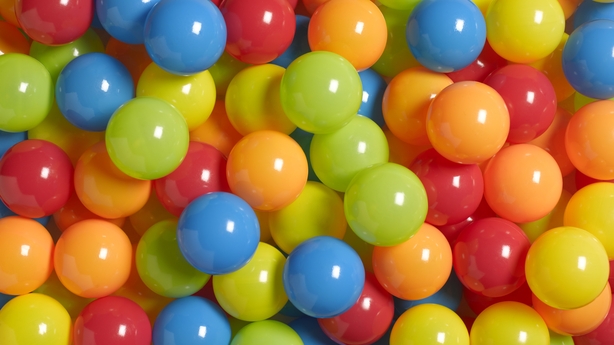In this episode of RTÉjr Radio's science podcast, Let's Dive In, Julie and Phil speak with memory expert Ciara Greene to find out where and how memories are made in the brain.
Listen up top now and subscribe here!
They have a lot of questions to answer. What is your favourite memory? What is your earliest memory? And, do you remember what you had for breakfast three days ago?
When visiting the UCD Explore lab earlier this year, 10 year old Ryan asked: What are memories?
Julie tells us more about it all here...
Now, your first response might be that it's almost like a little video in your brain of things that have happened to you in the past, says University College Dublin’s memory expert Dr Ciara Greene. "But our memories aren’t like that at all," says Ciara.
"When we remember something, when we go to store it in our brain we don’t store it in one piece." Each memory is broken down into little pieces, like a Lego tower being dismantled, and each piece is sent to different parts of the brain. "And then every time you remember something you’re actually rebuilding that Lego tower again."
Now here’s where you can get your actual Lego out and have a go at rebuilding a memory. Just press play below and give it a go.
What you’ll need:
- Lego bricks of various sizes and colours
What you need to do:
- Build a Lego tower!
- Look at the finished tower and try to remember it as it is.
- Get a grown up to take a picture of it so you know what it was, exactly.
- Break it down into little pieces
- Build it again!
- Compare it to the photo: is it the same?
So sometimes memories, or Lego towers, get built exactly the same. But sometimes they won’t. You might miss out a part, or have an extra piece, or someone gives you a piece that they think went in it…
So if your memories are stored all over the brain, where are they formed in the first place? "Our memories get made in a part of the brain called the Hippocampus, and that’s right in the middle of your brain," says Ciara. "But then over time those memories get moved out and spread out all around the brain."
And we know this because of a man called Henry Molaison. Henry Molaison, or HM in many books and accounts of the story, suffered from a disease called epilepsy in the 1950’s.
Your brain is made of millions of cells that all send electrical signals to each other and to other cells in the body. These signals tell the body what to do: move an arm, breathe in. lift the fork etc.
Sometimes these signals don’t behave in the way they normally would, and when this happens people can have seizures. The way the seizure looks will depend on where in the brain the unusual signals happened. Sometimes a seizure is just a jerk of the body, with others it can mean you lose control over several parts of your body.
So HM’s doctor said they were going to do a really radical surgery: they were going to remove the part of the brain that was causing the seizures. "So what he did was he removed a huge chunk of his brain, about the size of a grapefruit… and included the hippocampus… and it worked," says Ciara.
HM did not have any more epileptic seizures and lived for many years. But what happened was, "after the surgery, Henry wasn’t able to make new memories." But what they did notice was that he still had all his old memories.
What psychologists learned from this, says Ciara, was that because Henry was able to remember all his old memories and his hippocampus was gone, "that meant that his memories weren’t stored in his hippocampus. But he wasn’t able to make new memories. So that meant that that must be where the new memories get made."

Sometimes when we smell something or see a colour it triggers a memory. "Our memories are associative… our memories are linked together." Take for example you get a whiff of candy floss. The brain cells that are recording "hey, this smells like candy floss" are linked to the brain cells that have the memory "when we went to the fairground a few years ago and ate so much candy floss our mouths got all icky but we had the best time!"
And the more links there are, the more associations there are, the more easily a memory can be triggered.
So, what is your favourite memory? And do you have a smell associated with it? Let us know via social media! And also let us know if you’ve got any other science questions you’d like us to answer! Ask a grown-up to send a message to Julie or Phil online!
Make sure to subscribe HERE or wherever you get your podcasts!
AND read all the Let's Dive In articles with experiments to try at home HERE!
